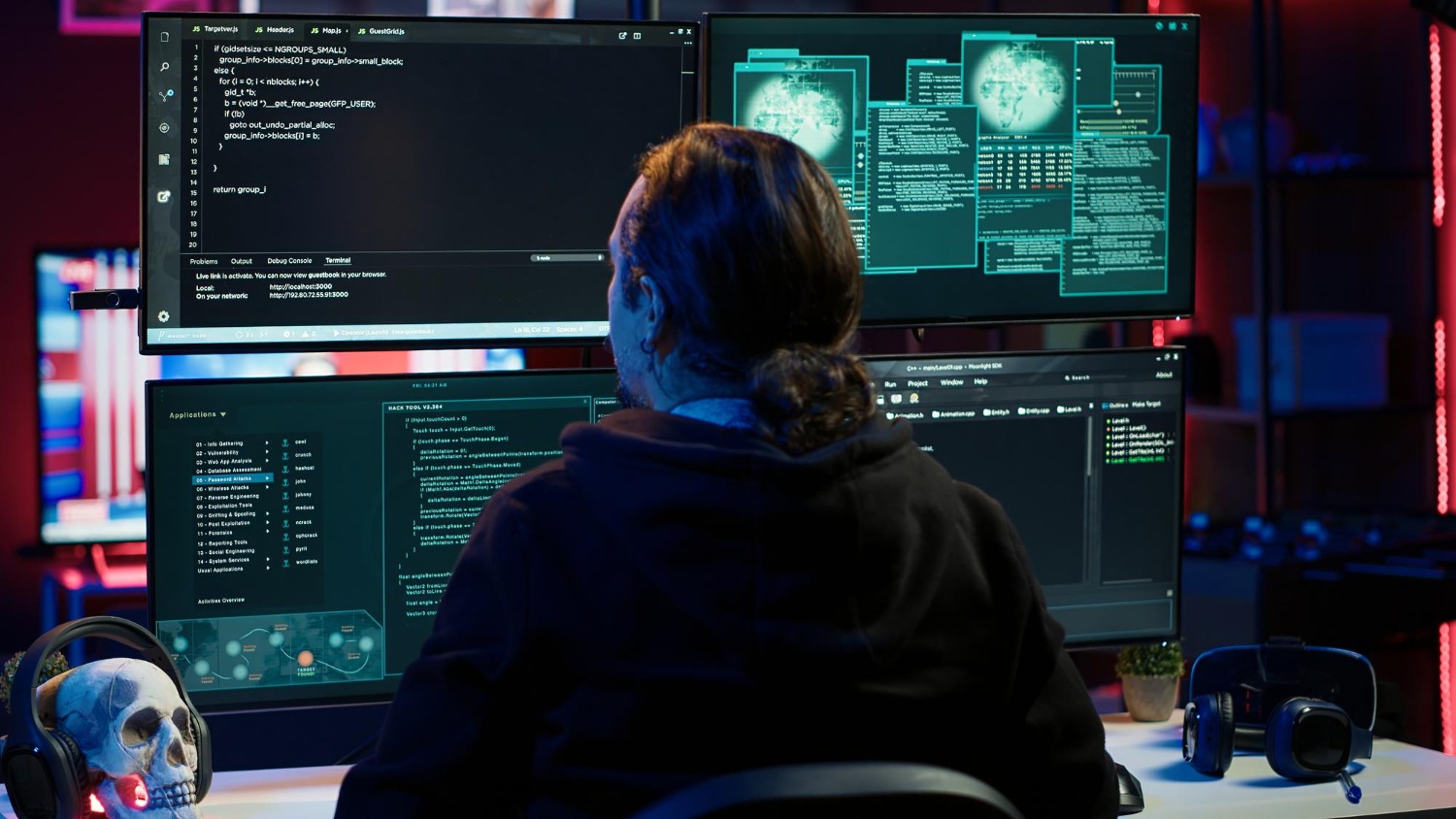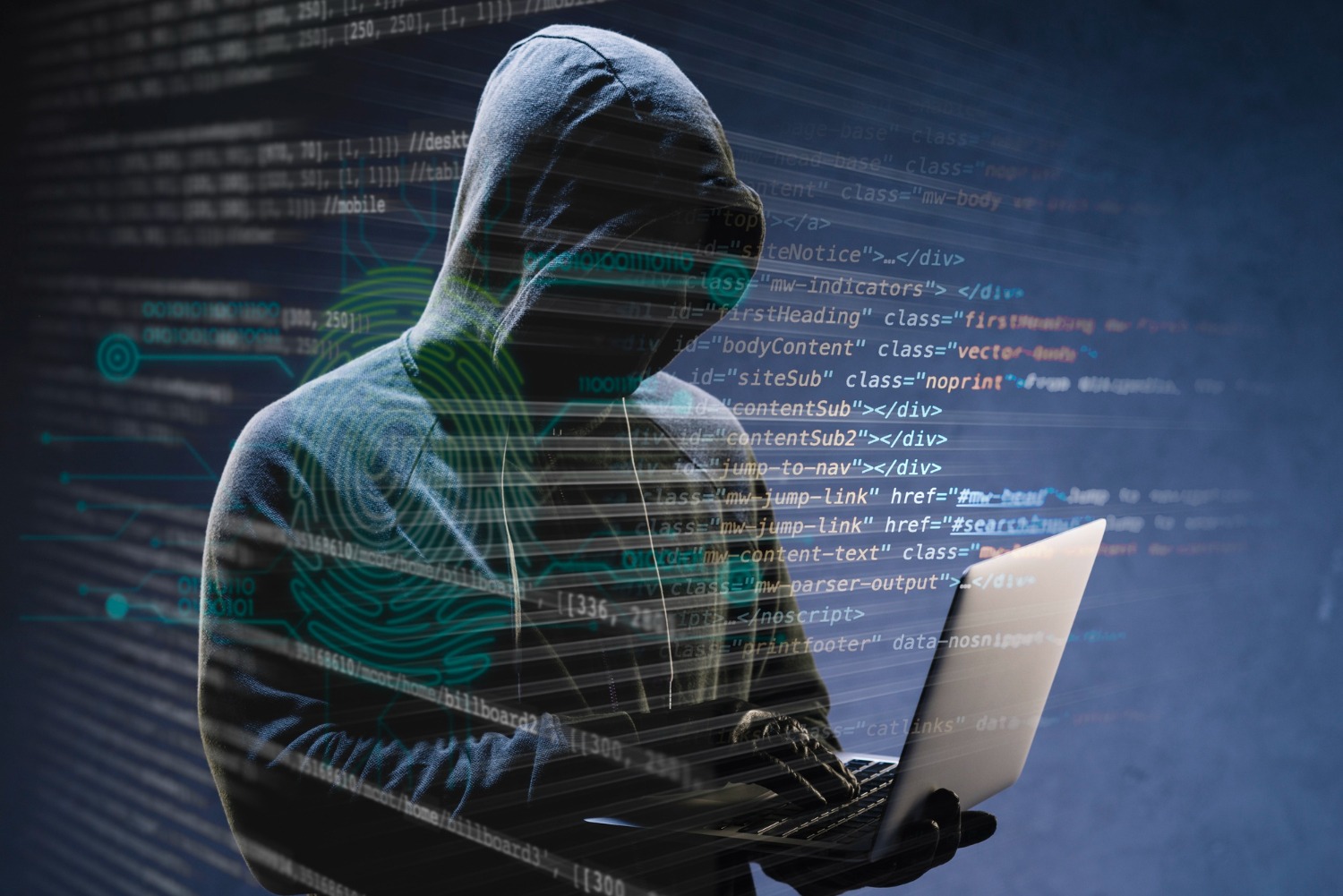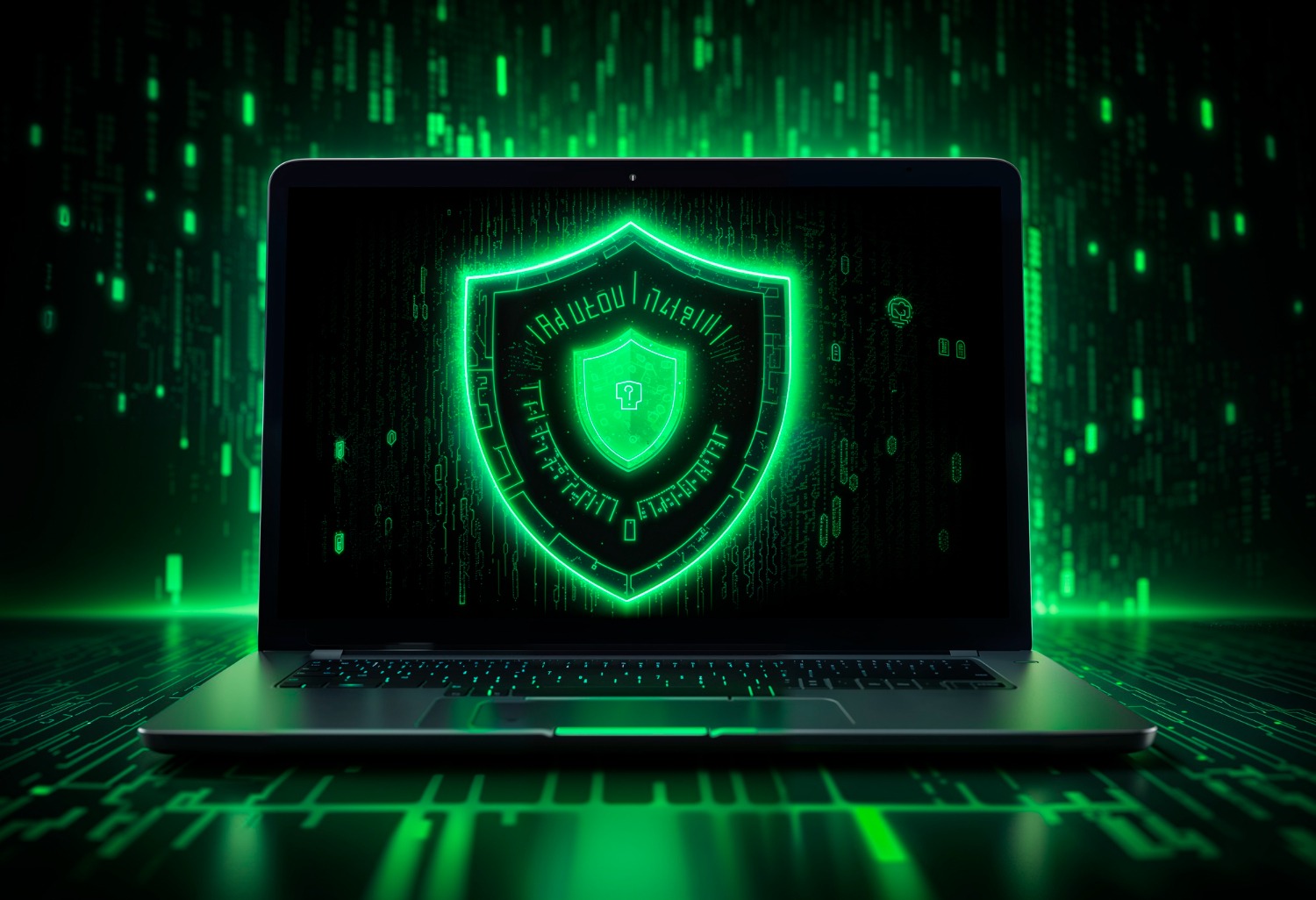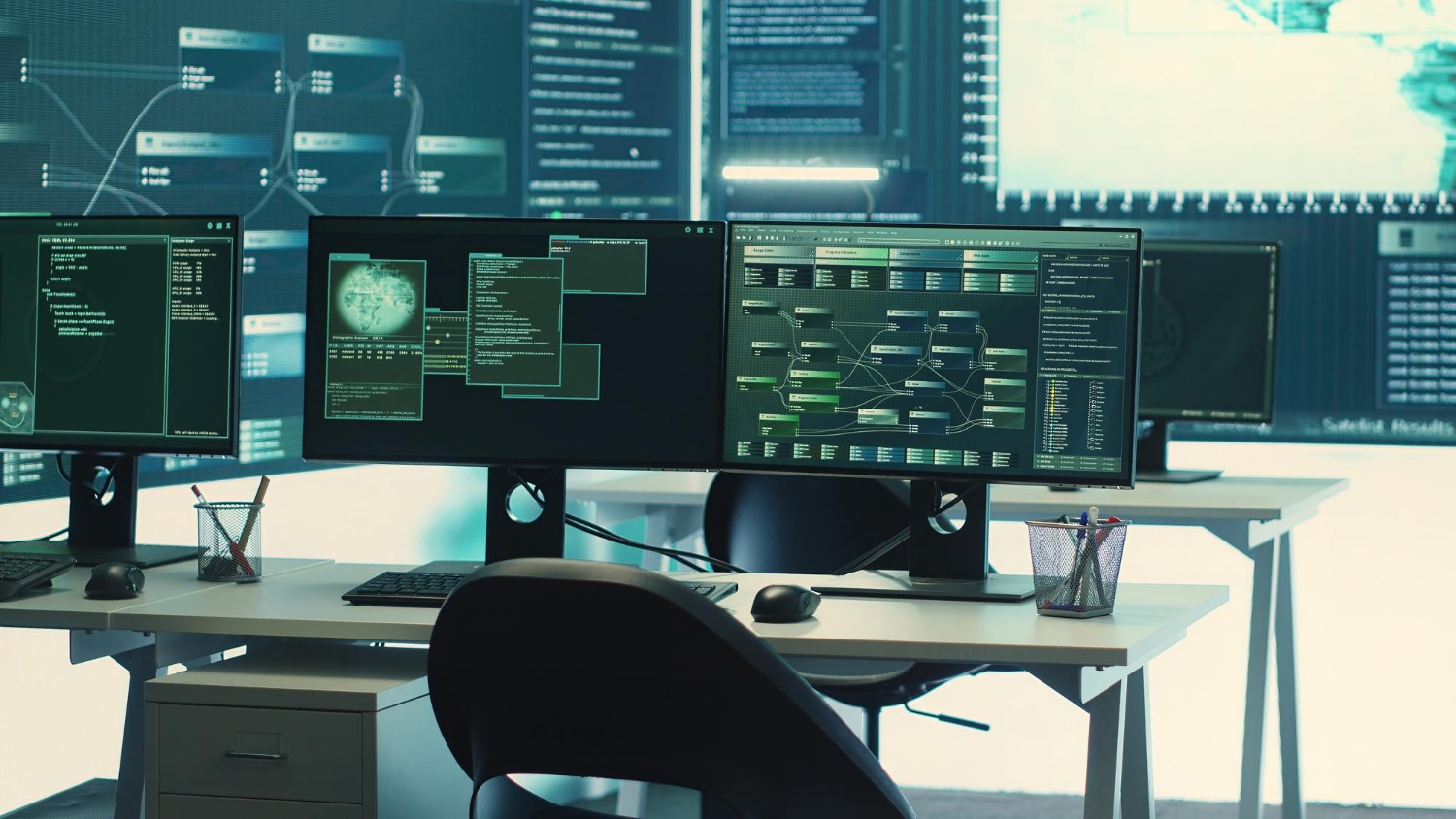CISO Views: Embedding a Proactive Cybersecurity Culture
Cybersecurity is not only an IT problem anymore—it’s a business imperative in the modern digital landscape. As cyber threats continue to grow at an alarming rate, organizations can no longer take a reactive stance. Rather, they need to embrace a proactive cybersecurity culture that helps them avoid the attack before it occurs.
Chief Information Security Officers (CISOs) play a crucial role in driving this change. Their responsibility extends beyond deploying security tools; they must cultivate awareness, instil best practices, and ensure cybersecurity becomes an organization-wide priority.
Explore the key strategies CISOs can implement to foster a proactive cybersecurity culture. We’ll discuss leadership approaches, employee training, risk management, and technological investments that collectively strengthen an organization’s security posture.
The Shift from Reactive to Proactive Cybersecurity
For many organizations, cybersecurity has traditionally been a reactive process. Security teams respond to incidents as they occur, patch vulnerabilities after breaches, and mitigate damage post-attack. This reactive approach is no longer sufficient.
A proactive cybersecurity culture flips the paradigm from damage control to prevention. It entails looking ahead to threats, constantly enhancing defences, and integrating cybersecurity into day-to-day operations. This transformation lowers risks, reduces downtime, and ultimately safeguards an organization’s reputation and assets.
Key Strategies to Build a Proactive Cybersecurity Culture
1. Leadership and Executive Buy-In
A cybersecurity-first culture begins at the top. CISOs need to get buy-in from executive leadership to make security a business priority, not an afterthought. Here’s how:
Talk Business Impact: Rather than speaking in technical terms, CISOs need to discuss cybersecurity threats in terms of business impact. Executives must see how security threats affect revenue, customer trust, and compliance.
- Integrate Security into Business Strategy: Cybersecurity should be integrated into business objectives to ensure that investments in security align with overall business growth.
- Foster a Security-First Mindset: Senior management needs to lead by example. If security is prioritized by executives, then employees will do the same.
2. Employee Training and Awareness Programs
Humans are usually the weakest link when it comes to cybersecurity. Weak passwords, phishing attacks, and social engineering continue to be prevailing weaknesses. A trained workforce can serve as a first line of defence against cyber attacks.
- Repeated Security Awareness Training: Provide fun and interactive training sessions to educate staff members regarding phishing, password management, and safe browsing behaviours.
- Simulated Cyberattacks: Perform phishing simulation to test how employees react and offer targeted training on the results.
- Security Champions Program: Recruit and train security champions across various departments to champion cybersecurity measures within their departments.
3. Risk Assessment and Continuous Monitoring
It is imperative to know the vulnerabilities to avoid cyber threats. CISOs should undertake continuous risk assessment and monitoring initiatives to discover and eliminate prospective threats before they intensify.
- Regular Risk Assessments: Periodic risk assessments identify vulnerabilities in infrastructure, policy, and employee actions.
- Utilize Threat Intelligence: Apply real-time threat intelligence technology to identify and act against emerging threats.
- Employ Zero Trust Architecture: Following a “never trust, always verify” practice verifies each user and device.
4. Spending on Next-Generation Cybersecurity Technologies
Today’s cybersecurity threats demand the latest. CISOs need to have their organization outfitted with the newest security tools to stay one step ahead of cybercrooks.
- AI and Machine Learning for Threat Detection: Automated systems can scan huge volumes of data to detect anomalies and potential threats in real-time.
- Endpoint Security Solutions: With remote work now the new norm, securing endpoints like laptops and mobile devices is paramount.
- Multi-Factor Authentication (MFA): Asking for multiple forms of authentication greatly lowers the risk of unauthorized access.
5. Building a Cybersecurity Incident Response Plan
Even with the best prevention, security breaches can still happen. A good cybersecurity culture involves a well-documented incident response plan to contain damage and bounce back fast.
- Create Detailed Response Procedures: Establish step-by-step procedures for various cyber incidents.
- Regular Drills for Cybersecurity: Practice cybersecurity drills to evaluate the response plan’s effectiveness and make sure all employees are aware of their responsibilities.
- Post-Incident Analysis: Once an incident occurs, assess what caused the incident and adapt security protocols in line with the same to avoid repeat incidents.
6. Maintaining Compliance and Adherence to Regulations
Laws like GDPR, CCPA, and sectoral norms (e.g., HIPAA for healthcare) necessitate that organizations uphold strict security protocols. Pre-emptive action helps remain compliant while reinforcing security.
- Be Current with Regulations: Compliance legislations keep changing, and companies need to change along with it.
- Implement Data Protection Controls: Encrypt sensitive information and impose access controls to reduce risks.
- Regular Audits and Assessments: Perform internal and external audits to confirm compliance and determine areas for improvement.

Overcoming Challenges in Establishing a Proactive Cybersecurity Culture
1. Resistance to Change
Employees can resist new security policies as inconvenient. To counter this, CISOs should:
- Explain the significance of cybersecurity in easy-to-understand terms.
- Engage employees in policy formulation to achieve their commitment.
2. Budget Limitations
Cybersecurity investments may be expensive, but prevention is less expensive than a breach. To get funding:
- Show the financial implications of possible security breaches.
- Prioritize low-cost solutions that provide the greatest protection.
3. Cybersecurity Skill Gaps
The need for skilled cybersecurity experts outnumbers supply. Organizations can resolve this by:
- Offering ongoing training for current IT personnel.
- Collaborating with managed security service providers (MSSPs) to augment in-house capabilities.
Conclusion
An active cybersecurity culture is necessary for protecting an organization’s assets, reputation, and future. CISOs are key drivers of this change by obtaining executive buy-in, educating employees, adopting advanced technologies, and ongoing risk assessment.
By moving from a reactive to a proactive stance, organizations can get ahead of cyber threats instead of just reacting to them. Cybersecurity is not an IT function—it’s everyone’s responsibility that needs commitment at every level of the organization.




